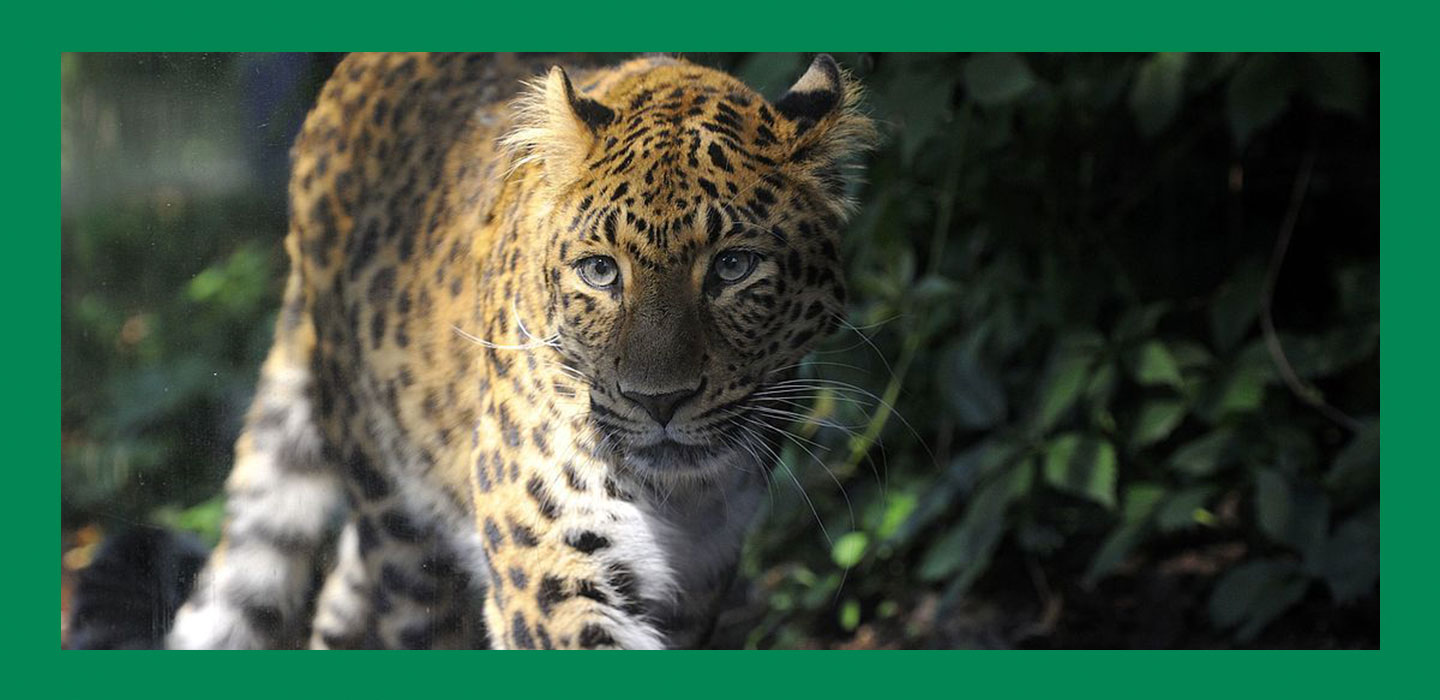大型貓科動物和人類是可以共存的。在華北豹子生存的地區,當地人和政府共同努力下,豹子終於有希望回到北京郊區了。
大約16年前,北京周邊的群山中還可以發現豹子的身影。從那以後,世界上最後的 300 只華北豹已經轉移到了更深的野外。如今我們有了新的希望,就是它們回來了。
除了 2005 年在北京的最後一次被目擊到並記錄下來以外,鄰近的河北和山西省也是這些美麗的大型貓科動物最後繁殖和定居的地方。
在考察中,動保志願者們努力繪製出潛在的野生動物走廊,將河北的豹子棲息地與北京聯繫起來。當森林遭到砍伐、道路相繼建設和城鎮不斷發展,野生動物的棲息地變得支離破碎。對於某些物種來說,這不是什麼大問題……就像鳥類可以飛越這些障礙物一樣。但對於另一些動物,尤其是非洲獅或中國豹等大型食肉動物,它們需要廣闊而完整的棲息地來繁殖和狩獵。因此,想要讓豹子回到北京山區的原始野生棲息地,它們需要沒有人類干擾的通道,即野生動物走廊才能返回。
當動保志願者們徒步穿越近 200 公里的荒山野嶺時,他們被這片原始的美景所震撼,但也面臨著尋找和保護大片完整生態荒野的挑戰。他們不分晝夜地尋找豹子的蹤跡,沿途收集糞便樣本以調查潛在的豹子的獵物。令人失望的是,儘管他們收集了許多樣本,但仍然沒有發現這難以捉摸的豹子的蹤跡。
直到去年11月,傳來了一個好消息:距離北京不到100公里的地方,有村民發現了一隻豹子。這個好消息是 CFCA(中國貓科動物保護聯盟) 多年努力和宣傳的結果。為了保護這些豹子及其棲息地,他們制定了補償計畫,補償因豹子而失去牲畜的村民;他們推動了一項重大道路的改道工程;他們還聘請村民作為護林員保護棲息地,同時擔任環保教育工作。
經過多年的這種對棲息地的保護工作,豹子重返中國首都山區的希望也逐漸可實現。
Did you know that some 16 years ago, leopards could be found wandering the mountains surrounding Beijing? Since then, the world’s last 300 North Chinese leopards have since moved deeper into the wild, but there’s a new hope that they’ll come back.
Hi, I’m Kyle Obermann, Nature Contributor for the China Current— showing China’s wild side.When I was a student in Beijing, I quickly discovered that Beijing is bordered by a ring of mountains that hold more wild wonders than just the Great Wall: deep canyons, incredible sunsets, oak forests, and magnificent alpine mountain peaks.
Ever since my early school days in Beijing, I’ve been fascinated by this animal’s story and have been on the path to track them.
A few years ago I joined a local non-profit, the Chinese Felid Conservation Alliance (CFCA), and a handful of other volunteers to hike for nearly two weeks, following the Great Wall from Beijing into the neighboring Hebei province in search of leopard habitats.
Apart from the last documented sightings in Beijing in 2005, neighboring Hebei and Shanxi provinces are some of the last areas where these beautiful big cats breed and settle down. During our expedition, we worked to map out potential wildlife corridors that could link leopard habitats in Hebei back to Beijing.When forests are cleared, roads are built and towns develop, wildlife habitat becomes fragmented. For some species this is less of a problem… like birds which can fly over these obstacles. But for others, especially large carnivores like lions in Africa or leopards in China, they need wide tracts of in-tact habitat to breed and hunt. So, for leopards to return back to their native, wild habitat inside Beijing’s mountains, they need passages free from human disturbance, wildlife corridors, to get back.
As the team and I hiked through nearly 200 kilometers of wild, mountainous land, I was floored by the raw beauty, but also the challenge of finding and preserving large enough stretches of in-tact wilderness. Day and night, we searched for traces of the leopard, collecting fecal samples along the way to survey potential leopard prey. Disappointingly, even though we collected many samples, we found no trace of the elusive leopard.
But, in November last year, some great news broke: a leopard was spotted by villagers less than 100km from Beijing. This good news is the result of years of hard work and campaigning by the CFCA. To protect these leopards and their habitat, compensation schemes for locals who lose livestock to leopards have been put in place, a major road project rerouted, and villagers have been hired as rangers to protect the habitat and educate others.
After years of such habitat preservation work, the hope that leopards return to the mountains of China’s capital are closer than ever to being realized.Big cats and humans can coexist, like the leopards of Mumbai, India, or the Florida panther sneaking behind the swamps of developed suburbs. But, it requires an extreme dedication by the local people and government to set aside connected tracts of nature to thrive alongside humans. No urban area has yet to master this perfectly. But, with continued efforts, the rural outskirts of China’s forbidden city being opened to leopards will hopefully become a near-future reality.

